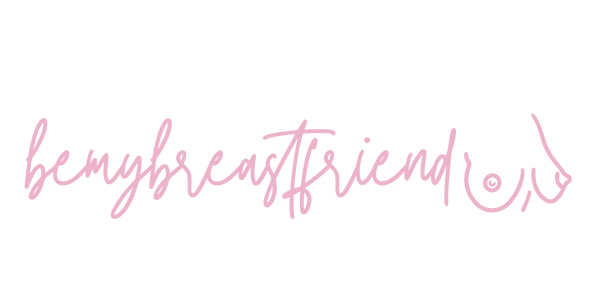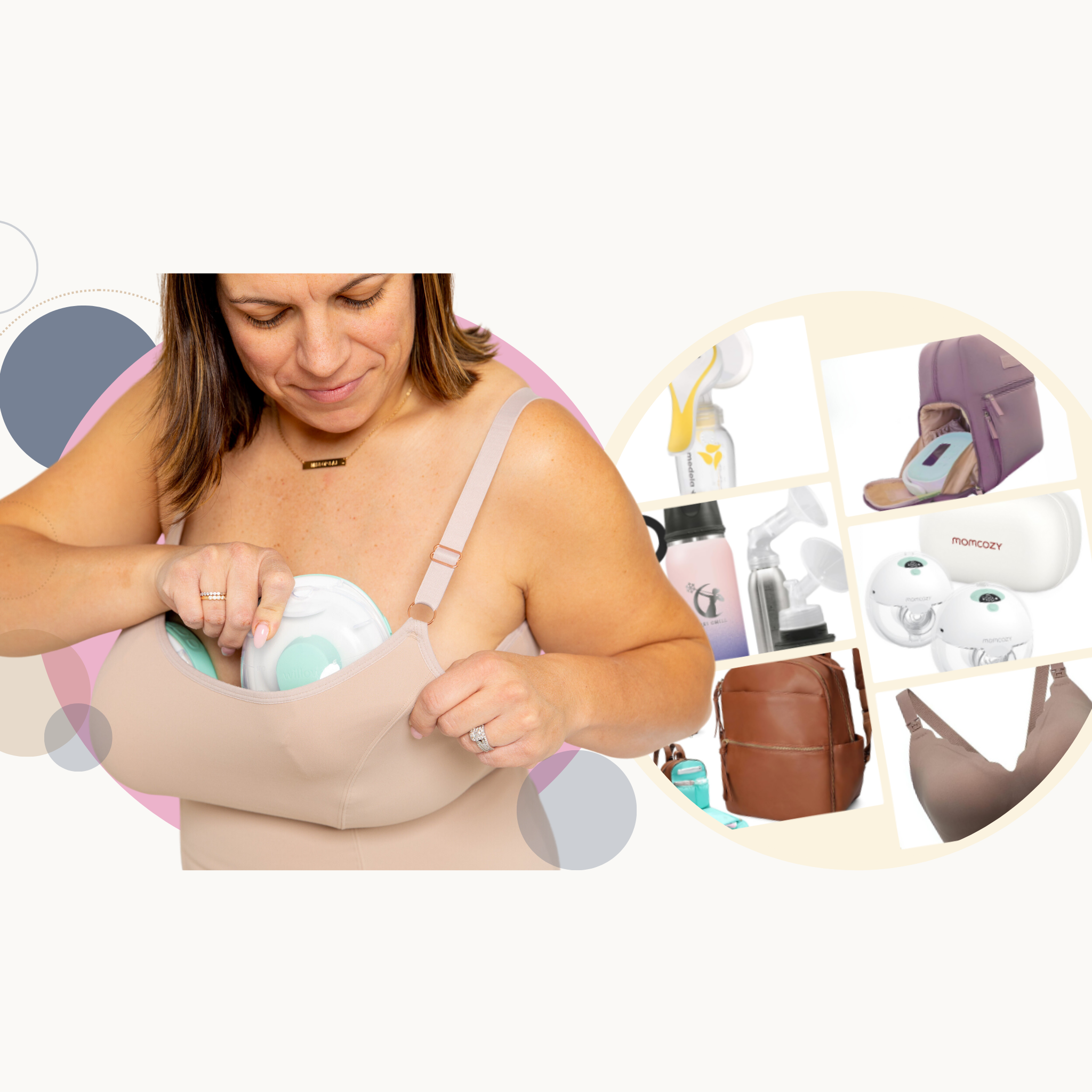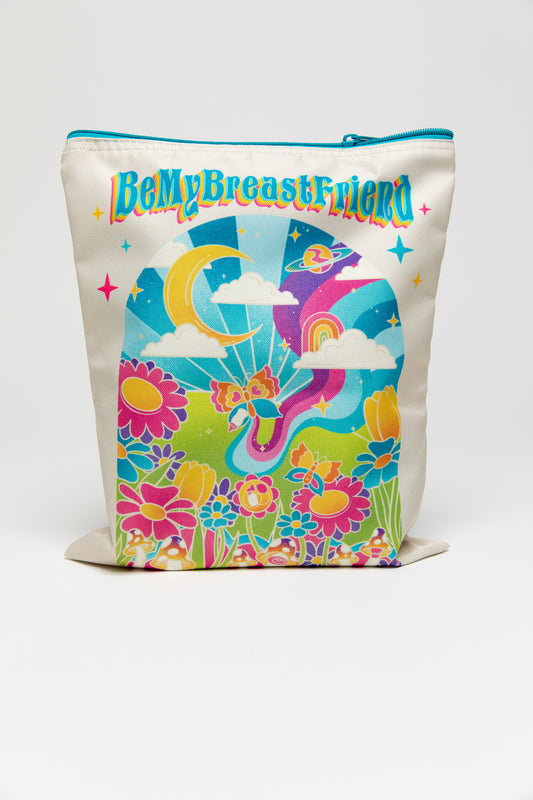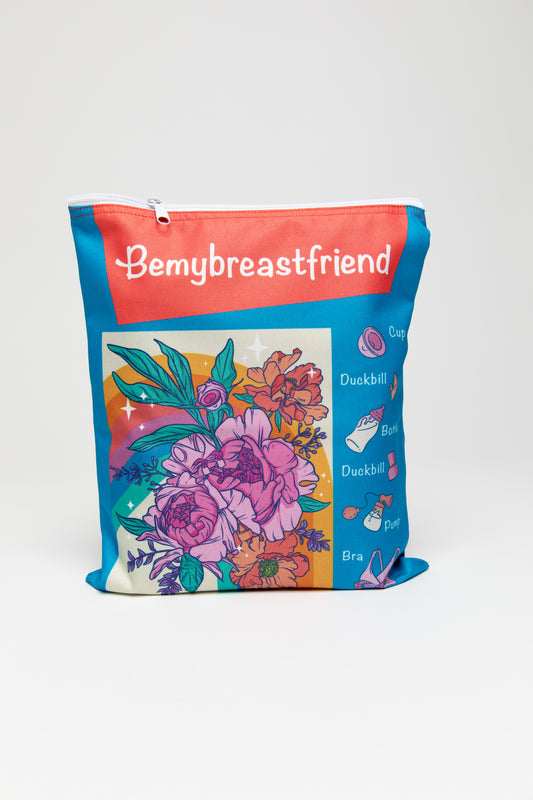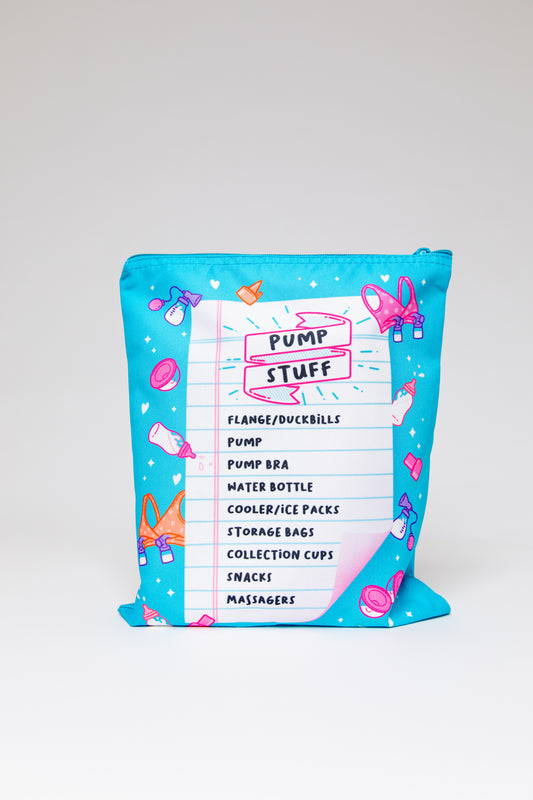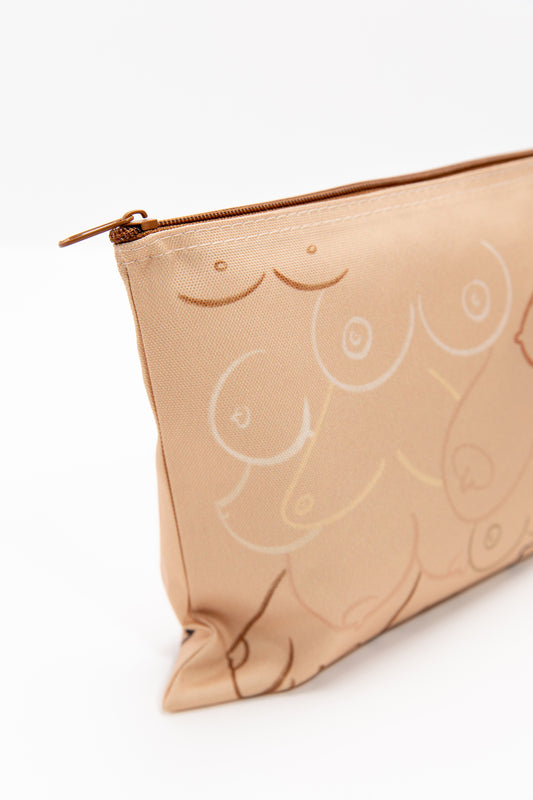
Updated 6/11/2024
As a new mama, you may be wondering how you're going to feed your breastfed baby when your maternity leave ends. After all, babies require a lot of milk throughout the day. Juggling pumping sessions around a full-time job can be overwhelming for many new moms. That being said, with a little planning and the right tools, you can (without a doubt) pump enough milk to feed your daycare baby. Here are my best tips to help you with pumping for daycare.
BEFORE DAYCARE BEGINS
Baby's first day of daycare should NOT be the first time you've tried to pump breastmilk. It also should not be the first time you offer your little one a bottle. Trust me, you'll have enough to handle that day without trying to express breast milk for the first time. If you've been an exclusive pumping mom from the beginning, you've got this part figured out. However, if your baby has been breastfeeding at the breast since birth, you'll want to spend some time practicing pumping and bottles starting at least 2-4 weeks before daycare begins.
Things to Think About:
- Do you have a reliable pump and all of the pump parts you will need?
- If returning to a formal workplace, have you discussed with your employer what pumping accommodations you will need throughout your work day?
- Do you have a stash of baby's bottles?
- Does your baby have a good routine for feedings? (Usually every 2.5-3 hours)
CONNECTING WITH YOUR DAYCARE PROVIDER
Whether your child will be with a sitter or nanny, or they will be attending a more formal daycare center, it's a good idea to get in touch with your childcare provider about policies and routines for pumped breast milk bottles. You and the daycare workers should be on the same page about feedings BEFORE daycare begins. Here are a few questions to discuss with your daycare staff:
- Will they discard the remaining milk after feeding? Do you prefer to keep uneaten milk for future use? (i.e. Milk baths, lotions, soap, etc.)
- If baby is still hungry will they ‘top off’ the bottle after the first bottle is eaten? Consider bringing one bottle (no nipple) for strictly topping off.
- Will they handle your milk? Must the bottles be prepped or can you provide milk bags for their portioning?
- Make sure your daycare provider is aware of how many feedings baby is to have while in their care.
- Be sure to explain paced bottle feeding to ensure baby isn’t overfed.
PREPPING BREAST MILK BOTTLES FOR DAYCARE
In exclusively breastmilk fed babies, milk intake increases quickly during the first few weeks of life, then stays about the same between one and six months. Current breastfeeding research does not indicate that breastmilk intake changes with baby’s age or weight between one and six months. After six months, breastmilk intake will continue at this same level until — sometime after six months, depending on baby’s intake from other foods — baby’s milk intake begins to decrease gradually. However, breastmilk should be baby's main source of nutrition until 1 year old, supplemented by starting solids.⠀
⠀⠀
The research tells us that exclusively breastmilk fed babies take in an average of 25 oz (750 mL) per day between the ages of 1 month and 6 months. Different babies take in different amounts of milk; a typical range of milk intake is 19-30 oz per day (570-900 mL per day). ⠀
⠀
⠀⠀
How To Figure The Number of Bottles:
1. Estimate the number of times baby feeds per day (within 24 hours)⠀
2️. Then divide 25 oz by the number of feedings (ex: 25 / 8 feedings = 3.1 oz/bottle)
3️. This gives you a “ballpark” figure for the amount of expressed milk per bottle your exclusively breastmilk fed baby will need at one feeding. ⠀
You can also use THIS CALCULATOR to help estimate how much milk you will need to pump for your baby.
Prepping Bottles Ahead of Time
Once you know how much milk your baby will need, you'll want to prep the bottles ahead of time. Here are two good options for prepping your bottles the night before daycare:
𝗢𝗽𝘁𝗶𝗼𝗻 #𝟭
✨Prep bottles at the desired volume the night before for easy grab and go! Remember milk in the fridge is best used within 4 days.
✨Leave that remainder in the pitcher for on-the-fly bottles and topping off.
⠀
𝗢𝗽𝘁𝗶𝗼𝗻 #𝟮
✨I call this the 𝘛𝘩𝘢𝘸𝘦𝘥 𝘗𝘪𝘵𝘤𝘩𝘦𝘳 𝘔𝘦𝘵𝘩𝘰𝘥! Did you know that the clock doesn’t start counting down until the 𝘷𝘦𝘳𝘺 𝘭𝘢𝘴𝘵 ice crystal has thawed? What does this mean for us? Thaw those frozen bags of milk just enough to break and squeeze into a pitcher (or bottle) and let the fridge do the rest of the work. Rather than thawing 100% of the way before you need it, leave the milk partially frozen to add hours on the clock! By the time it’s time to feed that milk, it may be liquified or just need a quick warm-up to thaw the remainder.
Bonus Tip: Label each bottle with baby's name and store in an easy travel cooler bag.
PUMPING WHILE BABY IS AT DAYCARE
If your baby typically takes a feeding every 2-3 hours during the day, you'll need to plan to pump the same amount of times during your work day. This is crucial for maintaining a good milk supply while your baby is at daycare. If you work from home, this really shouldn't be too difficult. You'll be able to take a reasonable break time for pumping every couple hours, and you'll have your refrigerator easily accessible for milk storage. Not too difficult.
If you work outside of your home, you have a few more things to think about.
- Pumping Breaks: Talk with your employer about regularly scheduled pumping breaks in your day. Again, you'll need to do your best to pump as often as your baby takes a bottle.
- Pumping Location: Where will you pump during your work day? Many employers have a policy in place for pumping moms. See if they already have a designated pumping location established. If not -- ask where they would like you to pump.
- Refrigeration: Where will you store your pumped milk? If you have your own office, you might consider getting a mini-fridge. If you'll be sharing a communal refrigerator, I recommend getting a labeled bag to hold your pumped milk. If no refrigerator is available, you may need to invest in a good cooler and ice pack. The Cold Gold Cooler by Sarah Wells Bags is my personal favorite. Get 15% off using my code MYBREASTFRIEND15. If you'd like to pool your milk all day, my personal favorite method, consider using the Ceres Chiller! This milk storage device can keep your milk chilled for 20 hours or more, my favorite feature is the ability to add ice to the opposite chamber of your milk for indefinite chilling! Use Bemybreastfriend15 for 15% off your Ceres Chiller!
Looking for more exclusive pumping support?
In this episode of The Tired Moms Podcast, I'm diving into everything you need to know about prepping bottles for your baby. Of course, this information is helpful for daycare, but it will also come in handy if you just want to make your days with your little one a little simpler. Give it a listen!
